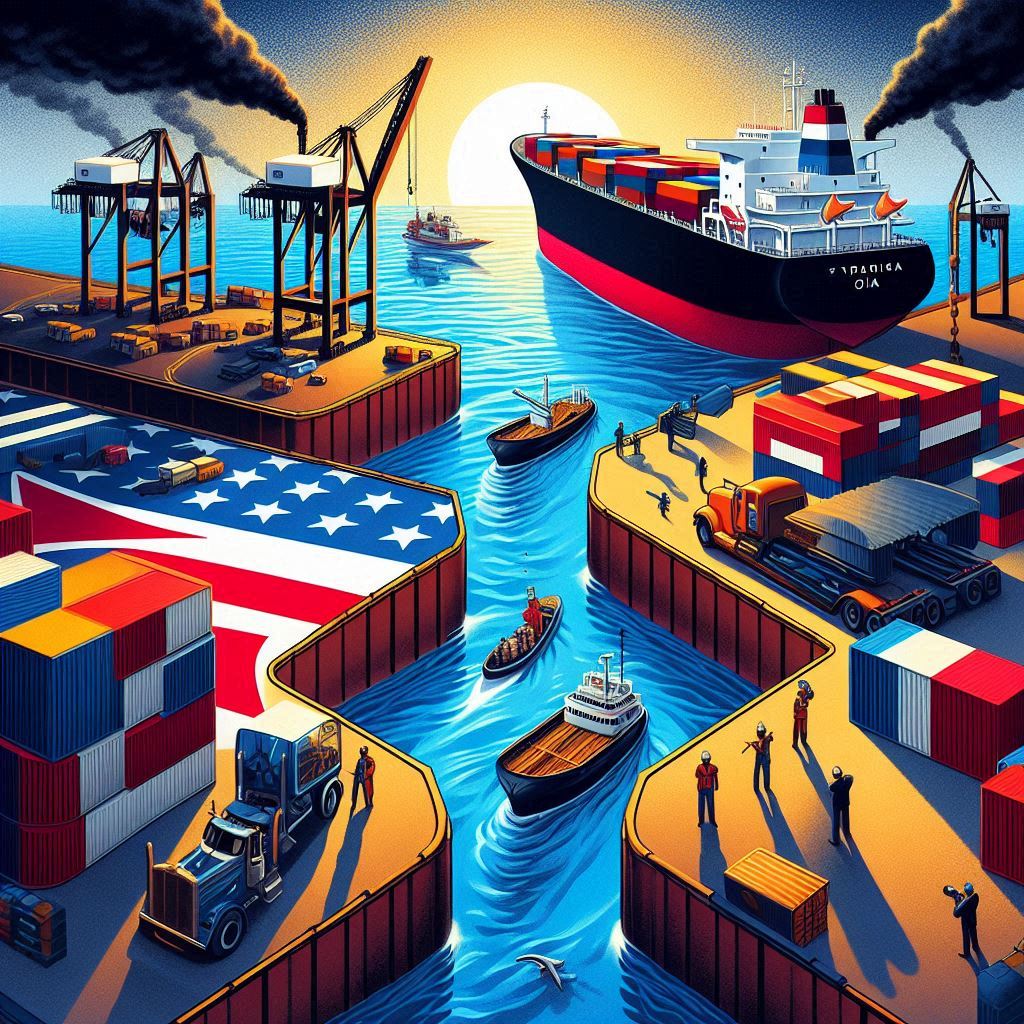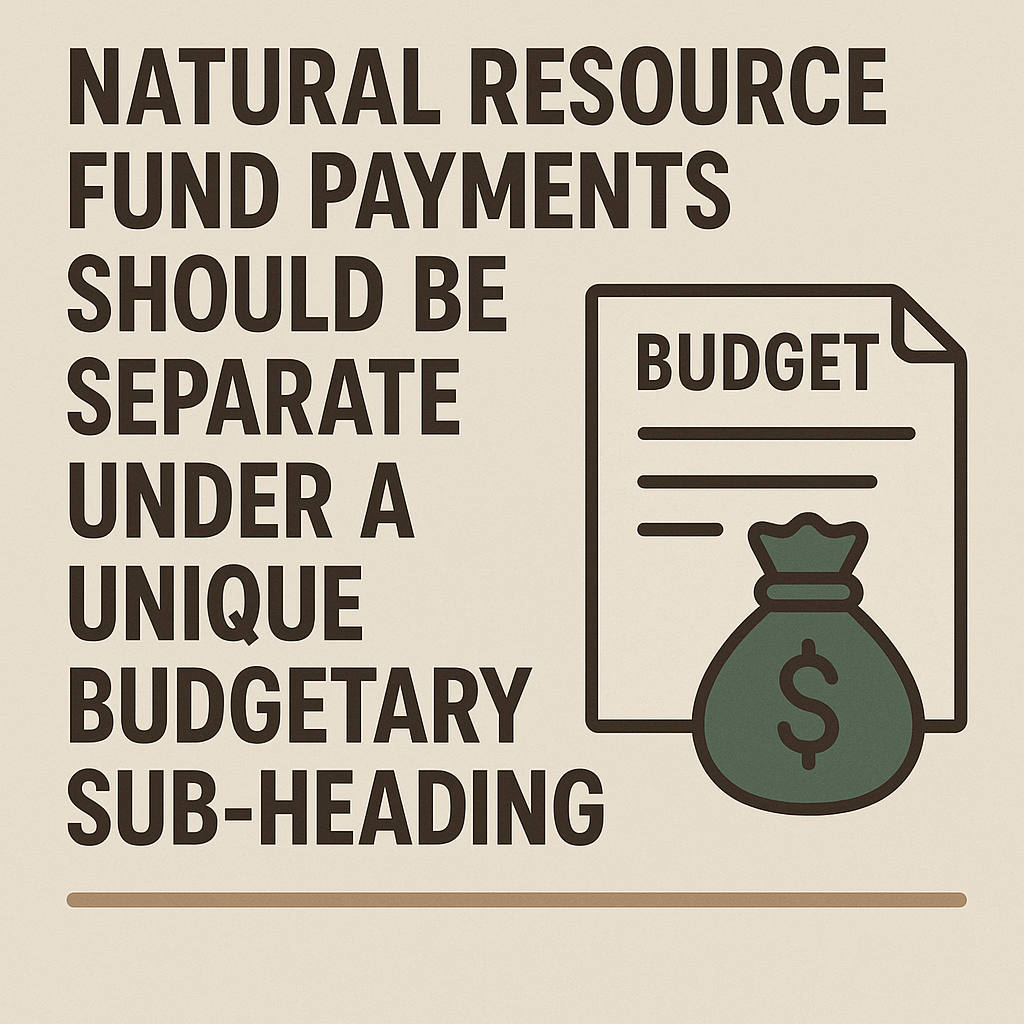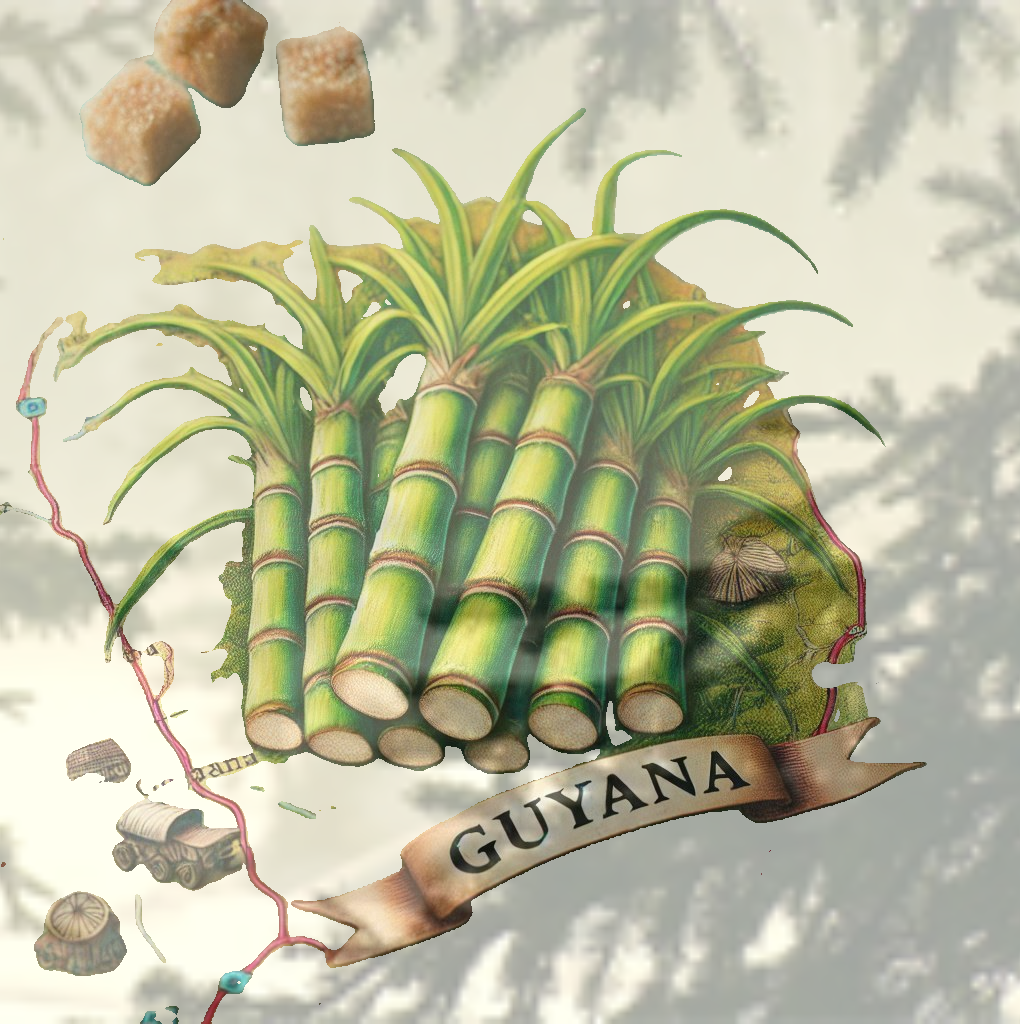The oil company/contractor and Government have determined that the gas has commercial value and will be cooled to minus 261 Fahrenheit degrees on land instead of using a floating ship. The process is unclear; the oil company has a development plan to develop gas, recover the expenditures in the 75% cost recoveries, and sell the gas to government. It is clear that the PNC had a certain plan that the PPP plans to use for a pipeline, some 12 inches in diameter, to which must be added the cost of a plant to transform gas to liquid, and the cost to distribute instantly the electricity generated. An unanswered question is, over the next ten years, does it make sense to lease or buy a floating ship to deliver Guyana’s share of gas at Demerara, Berbice, and Essequibo locations for conversion to electricity on an old grid distribution system?
According to energy reports: ‘The LNG industry has been shipping bulk quantities by container ship since the 1960’s. There are over 100 LNG container ships in operation today, the industry has conducted over 33,000 voyages since 1964 covering more than 60 million miles without there ever being a significant spill, loss of cargo, or environmental incident’. I believe that the use of floating vessels to produce and export the largely liquid methane gas would give Guyana the maximum flexibility to develop the rest of its economy using its export sales with a clear focus on distributed electricity benefits to the people. There would be no PNC to blame if something happens.
Ganga Persad Ramdas










